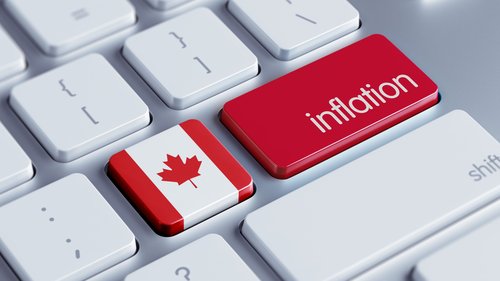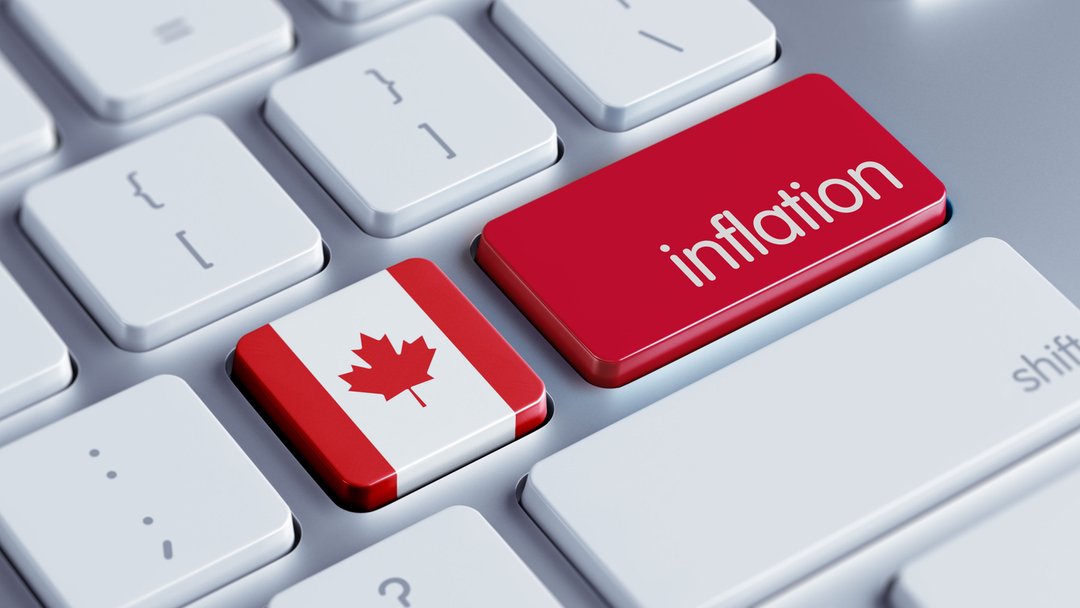
Canada’s inflation rate eased in December, thanks largely to a plunge in gasoline prices, in what is an encouraging sign for the Bank of Canada as it mulls further increases in interest rates.
The Consumer Price Index (CPI) rose 6.3 per cent in December from a year earlier, down from a 6.8-per-cent pace in the previous month, according to figures published Tuesday by Statistics Canada. Financial analysts were expecting an inflation rate of 6.4 per cent.

iStock-694662262.jpg
Consumer prices fell 0.6 per cent during the month of December, highlighted by a 13-per-cent plunge for gasoline, its largest decline since the early stages of the COVID-19 pandemic.
Excluding food and energy – two of the more volatile components of CPI – prices rose 5.3 per cent on an annual basis, a slight deceleration from 5.4 per cent in November.
“Outside of energy prices, progress towards cooling inflation was slower, albeit still evident,” Royce Mendes, head of macro strategy at Desjardins Securities, wrote in a client note.
In recent weeks, there have been several encouraging trends for consumer price growth. The U.S. inflation rate is continuing to fall, while prices for many resources – such as lumber and natural gas – have dropped. Companies in several industries have reported that supply-chain disruptions – a key factor in driving up prices – are improving.
Tuesday’s inflation report will be a key consideration for the Bank of Canada as it weighs whether to hike its policy rate for an eighth consecutive time on Jan. 25.
The central bank says it is nearing the end of its rate-hike campaign, with decisions hinging on economic data. Many analysts expect the bank to hike its policy rate by 25 basis points to 4.5 per cent next week, particularly after strong job growth in December. (A basis point is 1/100th of a percentage point.) The policy rate had been at 0.25 per cent until March, 2022.
The hiking cycle appears to be having its intended effect, according to a pair of Bank of Canada surveys published on Monday. Consumers say they are reducing their spending in reaction to high inflation and rising interest rates, while a growing proportion say they are delaying purchases. Many companies, meanwhile, expect their sales to slow over the coming year.
There were signs of weaker consumption in Tuesday’s report. Price growth for durable goods is slowing quickly. For example, the cost of household appliances fell 4.1 per cent in December, the largest month-over-month decline on record. Furniture price growth is also decelerating.
“These slowdowns in price growth occurred amid easing supply chain pressures and lower shipping costs, as well as softer demand,” Statscan said in its release.
At the same time, there are sticky aspects of inflation. Grocery prices rose 11 per cent in December on an annual basis, down from 11.4 per cent in November. Those prices are still growing near the highest rates in several decades, an ongoing frustration for consumers.
Mortgage interest costs have jumped 18 per cent over the past year, on account of the rapid rise in borrowing rates. (Some costs related to housing are declining.) Statscan also noted that prices for personal care supplies – including soap, cosmetics and other products – have risen by 9.9 per cent on an annual basis, the quickest pace of growth in nearly four decades.
Comments are closed.
